All about growing purple willow "Nana"

Knowing everything about growing purple willow "Nana", studying the description of this plant is important for any novice and experienced gardener. The spherical red willow is very attractive in landscaping. But you must strictly follow the recommendations for planting and care, shearing willows on a trunk and cuttings.

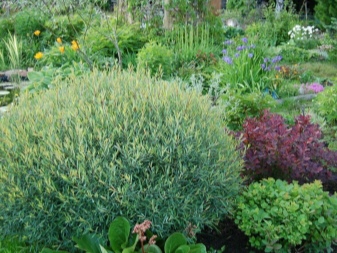
Description
Purple willow "Nana", one of the red globular plants, is now used more and more actively. You can meet her both at the residential cottage and at the office building. For your information: the common names "krasnotal" and "yellowwort" actually mean the same plant. The reddish color is typical of the elongated, almost naked shoots of this cultivar. Purple willows tolerate frost well and are therefore very actively grown.
For the cultivation of such plants, soils with a wide variety of fertility are suitable. The height of the shrub reaches about 1.5 m. In width, it grows up to 2 m. Despite its rather impressive size, the thinness and grace of the branches inside the spherical crown gives the culture a unique charm. From the inside, the branches are painted in a lemon tone with an orange tint.
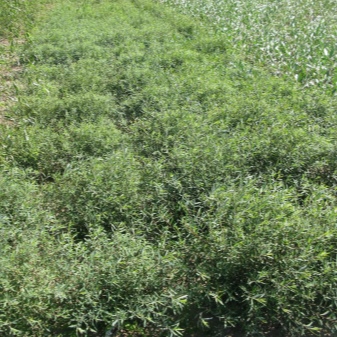
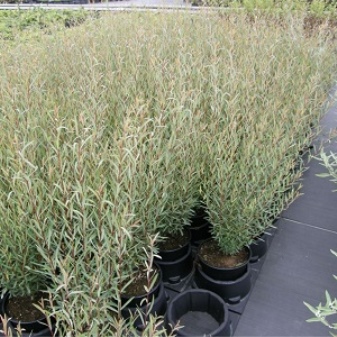
The leaves of "Nana" are oblong, but not too wide. They are typically light green in color. But foliage can also be gray-blue or silvery-green - in any case, this is a variant of the norm. With the onset of cold weather, the leaves acquire a golden hue. Buds in length can reach 50 mm, while they are tightly pressed against the shoot. Flower buds are recognized by their yellow (rather than the usual reddish-brown) color.
Purple willow blooms before leaves appear. Often this culture is grown on a trunk. It produces cylindrical earrings with a dense arrangement of flowers. The length of these earrings reaches 26-28 mm.
The growth rate upward and in breadth is the same - 0.25 m per year.
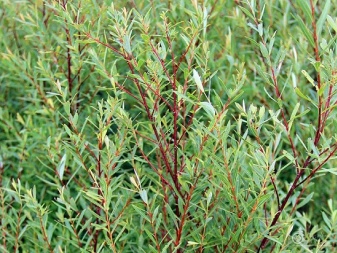
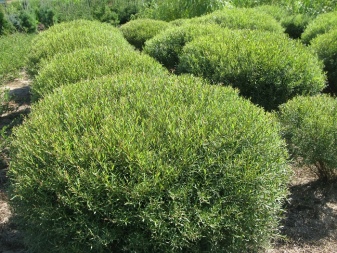
Landing
The best planting material is the one that special nurseries sell. Reproduction by cuttings with direct planting in the ground is allowed where the shrub will already live permanently. It is preferable to plant the plant with closed roots. In this case, it will take root better. "Nana" is not capricious in relation to the soil. She also tolerates dry times well, but it is still better to plant willow in moderately wet or very wet areas.
Important: this plant cannot be planted where there is little light. Tall trees and powerful bushes, other natural and artificial sources of shade have an extremely negative effect on it. The minimum size of the landing pit is 0.5x0.5 m. It is more correct to focus on the specific dimensions of the clod of earth (with a significant excess). In this case, the roots will definitely remain intact. The purple willow will create a large spherical bush only if there is a minimum of 1 m between the bushes.

Important: excessive moistening of the soil negatively affects such a culture. Drainage helps to cope with this problem:
- small stones;
- brick fight;
- expanded clay;
- coarse gravel.
If the hole is dry, it should be spilled abundantly with water. Peat, humus, fertile forest or garden soil are placed on the drainage layer. The lump of the seedling itself must be well moistened. When planting with open roots, they are previously kept in water for several hours.
After backfilling, the pit should be tamped immediately and watered abundantly.
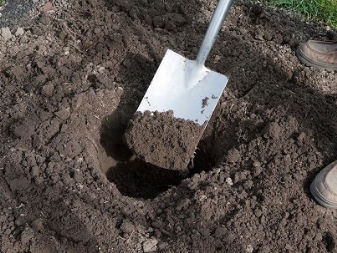
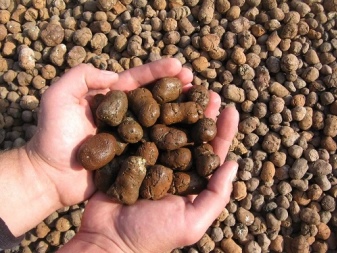
Care features
Watering
Although the dwarf willow grows quickly and is unpretentious, it is still necessary to care for it diligently. In the spring, watering is required only with a long drought. You should focus on the state of the shoots. From June to August inclusively, watering the Nana willow is required only on hot days. It is recommended to sprinkle the crown, moisturizing the foliage and branches. To avoid sunburn, work in the morning or when the sun sets.
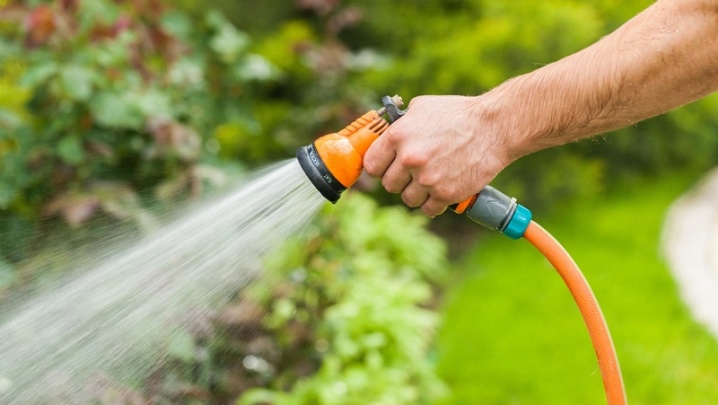
Top dressing
The willow should be fed annually. Before this, the soil is thoroughly loosened. Then add 0.05 kg of nitroammophoska. The soil must be mixed so that the granules do not remain on the surface.
Important: if the soil on the site is rich, then you can do without top dressing.
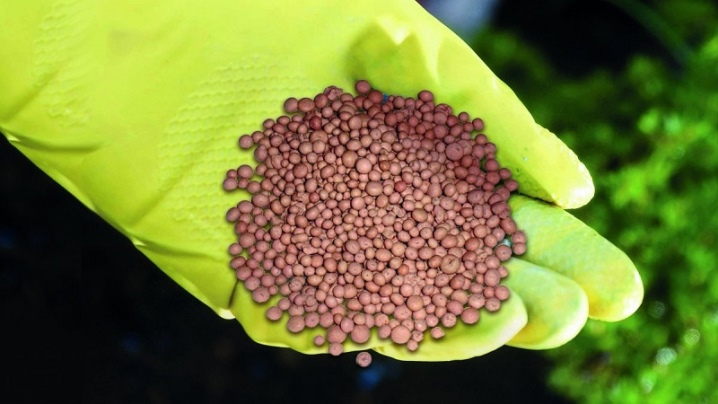
Loosening
In the spring, the first loosening of the trunk circle is carried out as soon as it gets warm. This will help control over compaction and remove weeds. The soil is mulched with 50-70 mm of peat. It will retain water and block the germination of weeds. It will be necessary to loosen the trunk circle in the summer.
At this time, loosening is carried out monthly. This approach will eliminate soil compaction. Digging it deeper than 50 mm is not recommended - you can break the roots. The final loosening of the growing season occurs in October. Next, the ground is covered with 100 mm of peat to protect the roots from the cold.
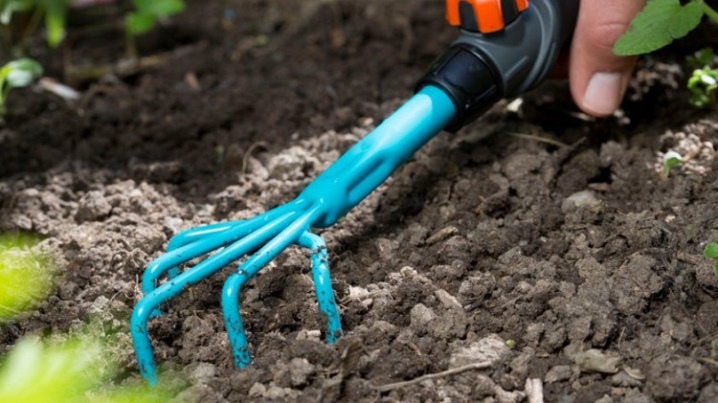
Pruning
When winter is over, but the soil has not yet thawed, the plant must be carefully examined. In the spring, all branches are removed that:
- frozen;
- were mechanically damaged;
- broken over the winter and late autumn.
Willow is formed in the spring or autumn months. They are guided first of all by the expediency of such a procedure. Start by removing excess shoots. After that, the bush is given an oval shape. Attention: rejuvenating old willow trimming involves cutting off almost all the shoots, right down to the ground. In some cases, if the plant itself is developing well, it is not even necessary to cut it specially to form it. Nana tends to create a ball bush by default. Sometimes they still take up a garden tool - to give a slightly more elegant look or to change the size of the ball.
Of course, to trim the bush, you need to use a sharp tool and then cover all the cuts with garden pitch.
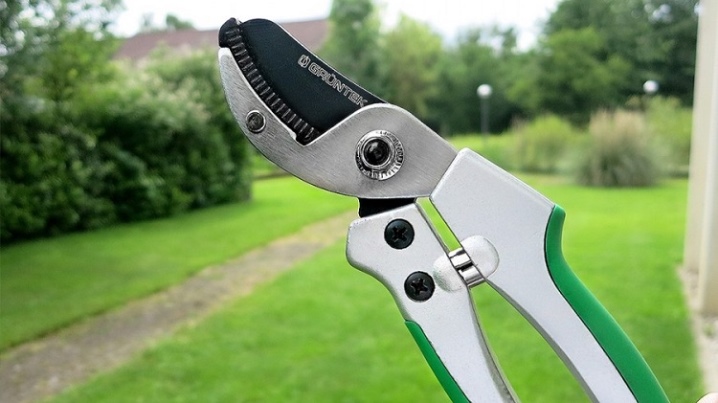
Reproduction
Willow "Nana" is usually propagated by cuttings. They are taken from a plant that has lived for at least 2 years. It is better to work in the spring, while the leaves have not yet appeared. Branches are taken from the "donor". You don't need to take a lot - there is enough area of 150-200 mm, where there are 6 kidneys. Sometimes it is better to play it safe and take a fragment of an shoot with 7 buds for grafting. From below, the cutting is cut at an angle of 45 degrees. From above, the incision should go at 90 degrees. It is preferable to keep the workpieces in water. If for some reason this is not possible, the planting material is planted in the ground to a depth of 50 to 80 mm. It is chosen so that there are exactly 2 kidneys outside. When grown in the ground, seedlings deserve systematic watering. Sometimes special treatments are carried out to accelerate rooting.
Additionally, this process can be accelerated by preliminary placement in greenhouses and hotbeds. After the formation of the root complex, landing on a stable place is possible. Wells of suitable size are formed there. As soon as the buds swell, a new cut is made - already by 250-300 mm. The lower sections are covered with notches. After that, the seedlings are immersed in water. Once buds are formed, you can transplant them into open ground. However, it is possible to cut a willow in the fall - you just have to wait until the leaf fall ends and the plant enters a dormant phase. The branches are cut off and placed in plastic bags, where wet sand is added in advance. The lower parts of the shoots should be buried in it. Storage of blanks - until spring. To make the roots appear better, special stimulants are used. If done correctly, there shouldn't be any problems.
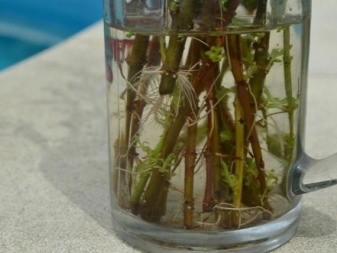

Diseases and pests
Decorative willow practically does not get sick. Parasites also usually bypass it. But all the same, a systematic examination is required to identify foreign spots, wounds or larvae. The main threat is powdery mildew and black spot. You can avoid their appearance due to the spring feeding with nitrogen. If the disease has already developed strongly, it is useless to treat - you can only burn the affected plant.
Willow is attacked by flower flies, willow leaf rollers. They are able to greatly harm the early leaves by absorbing juices. The fight against parasites involves the use of Bordeaux liquid. If it is ineffective, more modern insecticides are used. But with the right approach, there will simply be no risk. Sometimes they are faced with the fact that the willow has dried up. This is due to the invasion of alder weevils. Along with the drying of the foliage, the pest manifests itself by moves in the stems. Diseased rods are destroyed either in the fall, when the beetles stop laying, or in the spring - no later than mid-May. Larvae can be seen in July and early August.
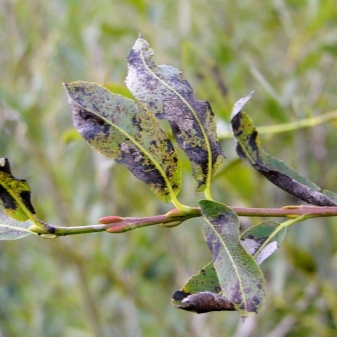
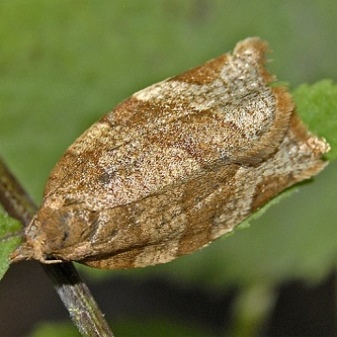
Danger to purple willow can also be:
- willow wolf;
- medullary birch fly;
- cytosporosis;
- tubercular necrosis;
- rust.
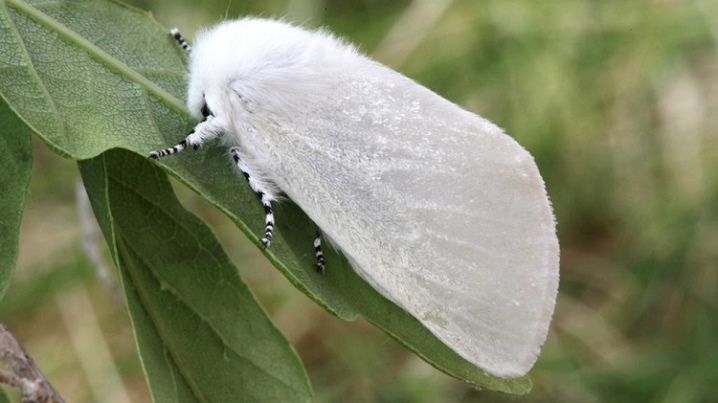
Use in landscape design
Decorative willows are so original that they can be incorporated into a wide variety of compositions in the garden and on the landscape. In the summer, the plant will delight observers with a variety of leaf colors. In the cold season, its branches look very attractive against the background of snow. Since the willow can hold the ground quite well, it can be planted:
- near the river;
- along the lake;
- on the shore of the pond;
- in wetlands;
- on soft ground.
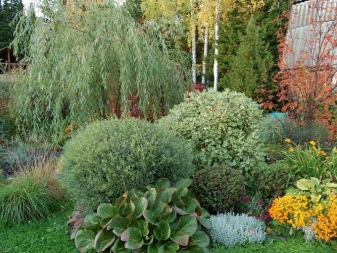

On the basis you can form:
- hedges;
- geometric figures;
- bonsai;
- figures of various animals;
- combinations with conifers, undersized and tall flowers, herbaceous plants.
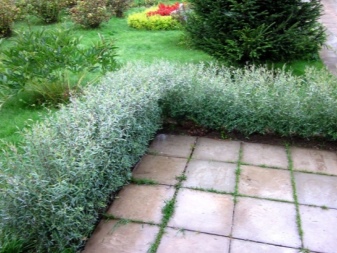
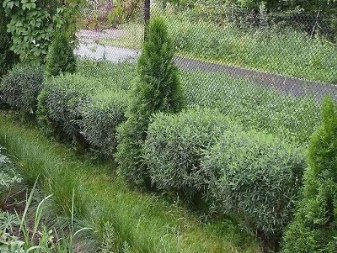
- This is what an extensive purple willow bush looks like, adjacent to a short flower. Against the background of a light brick wall, this composition is perceived very well and attractively.
- A bush, as if "hanging" from a stone wall, can also look gorgeous. This original solution will immediately allow you to show your aesthetic taste.
- And this is how the purple willow "Nana" may look, in front of which the flower group is brought to the fore.
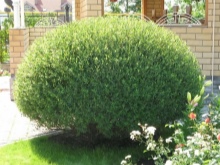
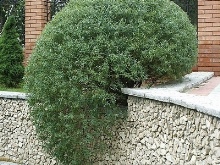
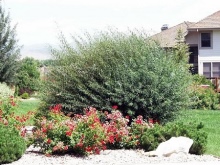
Culture manifests itself very well in its "natural" form. The main focus is on the visual impact of the crown. Purple willow is perfectly perceived in the environment of both coniferous crops and on clean, even lawns. The choice between these options is largely a matter of personal taste. In some cases, willows are planted to mask the bad looking areas of the site. Protective fences from it can have different heights. The distance between individual plants is strictly determined in advance.
If necessary, the gaps are reduced to 0.3 m. The exact fusion of the crowns is ensured with the help of a wire.
In the next video, you will find tips for pruning the purple "Nana" willow.



































































The comment was sent successfully.